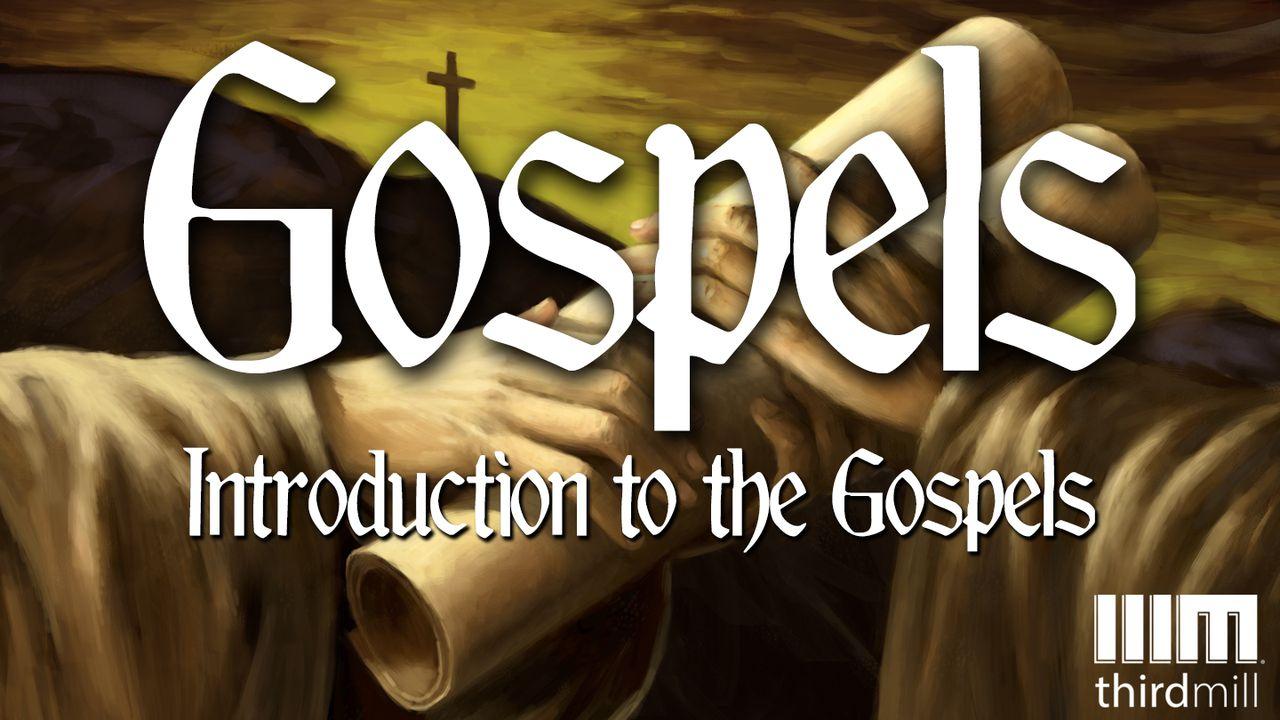Introduction To The Gospels預覽

Similarities of the Synoptics Compared to John
While composed separately, the gospel accounts of Matthew, Mark, and Luke have often been grouped together and called the Synoptic Gospels. The term “synoptic” simply means, “seeing together,” and has been applied to these gospels because they cover largely the same material. They include many of the same accounts of Jesus’ words and deeds. And when they report the same sayings of Jesus, they often use exactly the same words.
For instance, consider Jesus’ healing of a paralytic. In Matthew 9:6, we read this account of the Lord’s words and actions:
“But so that you may know that the Son of Man has authority on earth to forgive sins…” Then He said to the paralytic, “Get up, take your mat and go home.”
Now consider Mark 2:10-11:
“But that you may know that the Son of Man has authority on earth to forgive sins…” He said to the paralytic, “I tell you, get up, take your mat and go home.”
And, again, In Luke 5:24, we read this:
“But that you may know that the Son of Man has authority on earth to forgive sins…” He said to the paralyzed man, “I tell you, get up, take your mat and go home.”
In this example, we see that each of the Synoptic Gospels contains an almost word-for-word account of the same miracle story. Other parallel stories found in at least two of the three Synoptic Gospels include: the healing of a leper, the exorcism of a demon in Capernaum, the healing of Peter’s mother-in-law, the calming of a storm at sea, the raising of Jairus’ dead daughter, the entrusting of authority to the Twelve, Jesus walking on water, the healing of a man’s withered hand, the feeding of five thousand people with a few loaves and a few fish, and Jesus’ transfiguration.
In contrast to the Synoptic Gospels, much of the material of John’s gospel is unique. While John also recorded that Jesus walked on water and fed five thousand people, he included many events that are not recorded in the Synoptic Gospels. For example, John reported Jesus’ turning water into wine, Jesus’ conversation with the Samaritan woman, and Jesus’ raising of Lazarus from the dead.
But even though the stories of Jesus’ ministry and life vary among the four gospels, all four witness to Jesus’ baptism, Jesus’ last meal with His disciples, Jesus’ death on the cross, and Jesus’ resurrection from the dead.
關於此計劃

This reading plan explores the literary character of the Gospels, their status in the Church, and their unity and variety.
More







